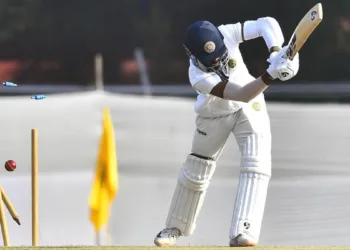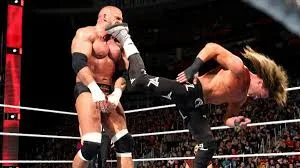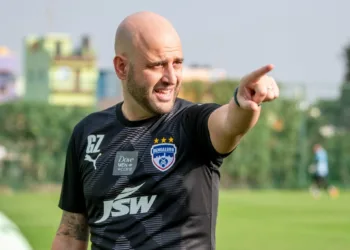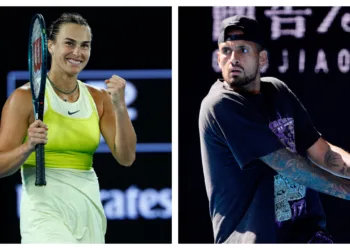The recent Promotion and Regulation of Online Gaming Bill has sent shockwaves through India’s cricket ecosystem, threatening to wipe out hundreds of crores in endorsement revenue from some of the sport’s biggest names. While the BCCI scrambles for new sponsors, cricket superstars and IPL franchises are bracing for unprecedented financial losses.
Table of Contents
The Big Picture: A ₹10,000 Crore Industry Under Threat
India’s fantasy gaming industry, worth approximately ₹8,000-10,000 crores annually, has been a goldmine for cricket stakeholders. The new gaming bill has effectively banned real-money gaming platforms, which account for 75-80% of the overall gaming market, leaving players and franchises staring at massive revenue gaps.
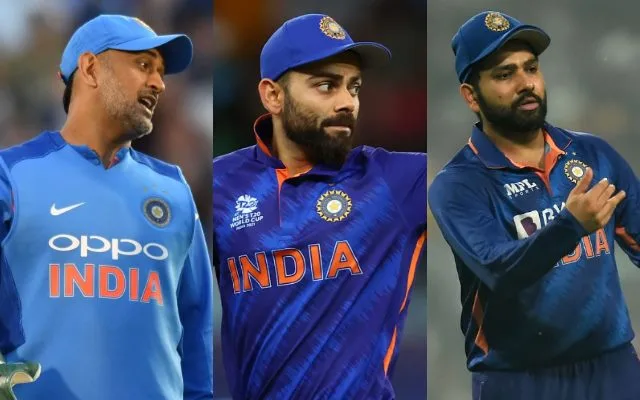
Cricket Superstars Face Endorsement Crunch
Virat Kohli’s ₹12 Crore Hit
The former Indian captain, who earns a staggering ₹175-200 crores annually from brand endorsements, stands to lose ₹10-12 crores with MPL’s exit from the market. This represents a significant chunk of his endorsement portfolio.
Rohit Sharma’s ₹7 Crore Loss
India’s current ODI and Test captain, with overall brand earnings of ₹50-60 crores, could see his income drop by ₹6-7 crores following Dream11’s withdrawal as the national team’s title sponsor.
MS Dhoni’s Winzo Woes
The Chennai Super Kings legend, who commanded ₹4-6 crores per brand deal, faces similar losses with Winzo’s uncertain future in the Indian market.
IPL Franchises Under Financial Pressure
The impact extends beyond individual players to the IPL ecosystem:
| Affected Entity | Estimated Annual Loss | Details |
|---|---|---|
| KKR, LSG, SRH | ₹10-20 crores each | Multiple fantasy platform sponsorships |
| BCCI (My11 Circle) | ₹125 crores | Associate sponsor deal with 3 years remaining |
| Individual Players | ₹150-200 crores collectively | Combined endorsement losses |
Source: Industry reports and official BCCI data
The Ripple Effect: Beyond Star Players
For emerging cricketers like Mohammed Siraj, Yashasvi Jaiswal, and Shubman Gill, the impact is even more severe. Many relied on fantasy platform deals for the majority of their endorsement income:
- Mohammed Siraj: My11 Circle represented 33% of his three total endorsements
- Washington Sundar: Similar dependency on gaming platform revenue
- Younger players: Some face 100% loss of brand endorsement income
Industry Expert Analysis
Karan Taurani, Executive Vice-President at Elara Capital, provides sobering insights:
“These gaming companies contribute around 7-8 percent of the market. Nearly 80 percent of that will vanish… cricketers’ brand value and income are bound to decline by 20-25 percent.”
The advertising industry faces the biggest blow, with ₹8,000-10,000 crores in annual spending evaporating overnight.
Online Gaming Bill 2025: What This Means for Cricket’s Future
Short-term Implications:
- Player Negotiations: Upcoming IPL auctions may see revised player valuations
- Franchise Strategies: Teams must find alternative revenue streams
- BCCI’s Hunt: Urgent search for new title sponsors before Asia Cup 2025
Long-term Impact:
- Endorsement Landscape: Shift towards traditional brands and emerging sectors
- Player Brand Building: Stars may diversify into non-gaming partnerships
- League Sustainability: IPL’s financial model faces significant restructuring
The Road Ahead
While the BCCI appears confident about securing new sponsors—with automobile giants and FinTech startups reportedly showing interest—the transition period will be challenging. The organization that has built cricket into India’s most commercially successful sport now faces its biggest sponsorship crisis.
The ban’s timing couldn’t be worse, with the Asia Cup 2025 approaching and the Indian team currently without a title sponsor. However, cricket’s resilience and India’s massive fan base suggest new partnerships will emerge, albeit potentially at different valuations.
Conclusion
The gaming bill’s impact on Indian cricket represents more than just numbers on a balance sheet—it’s a fundamental shift in how the sport finances itself. While established stars like Kohli and Rohit have diverse portfolios to cushion the blow, emerging players and smaller franchises face genuine uncertainty.
As the cricket ecosystem adapts to this new reality, one thing remains certain: India’s love affair with cricket will continue, but its commercial landscape may never be the same.
For more insights on cricket’s business side and player performances, explore our comprehensive coverage at Technosports Cricket Section.
Read more: Top 5 Indian cricketers who own private jets – All the details you need to know!


